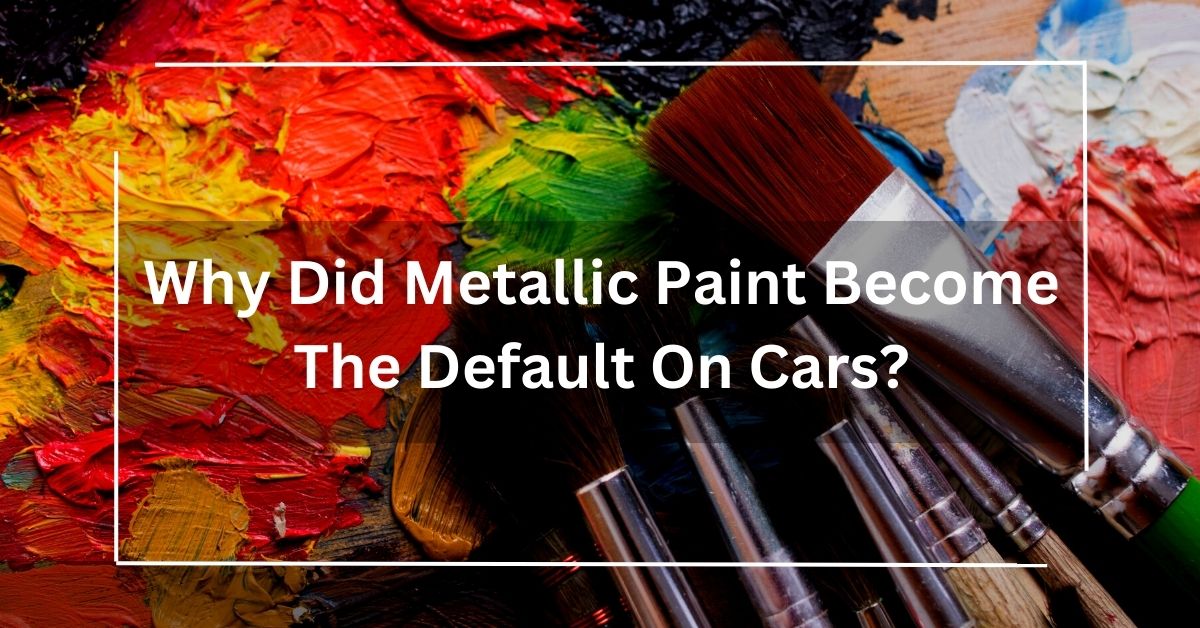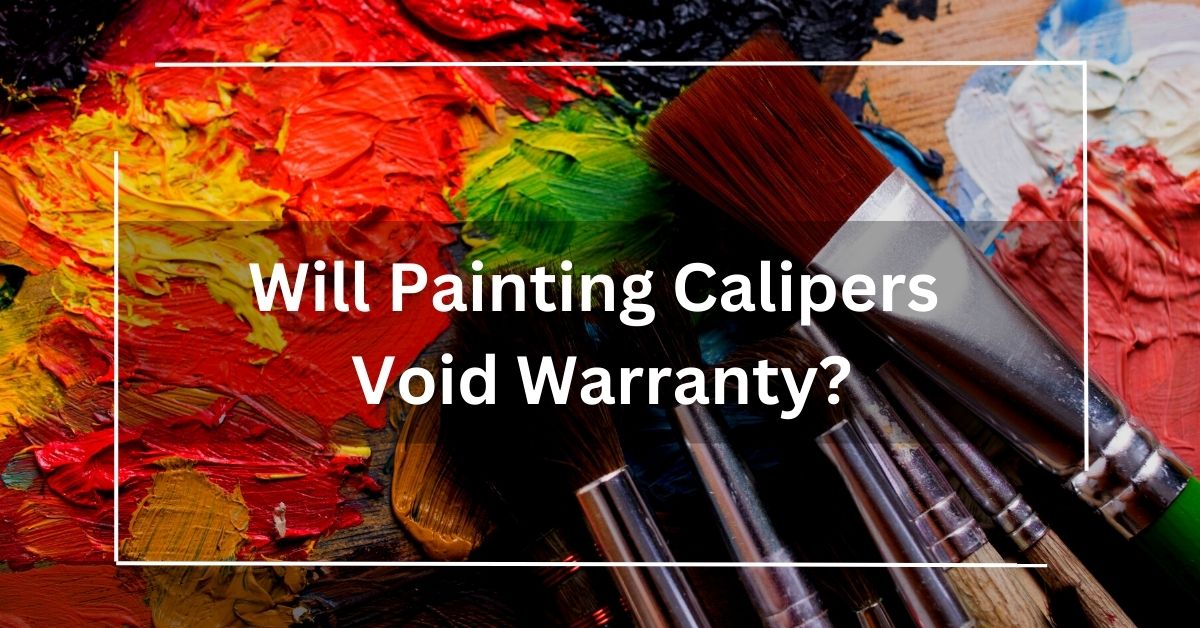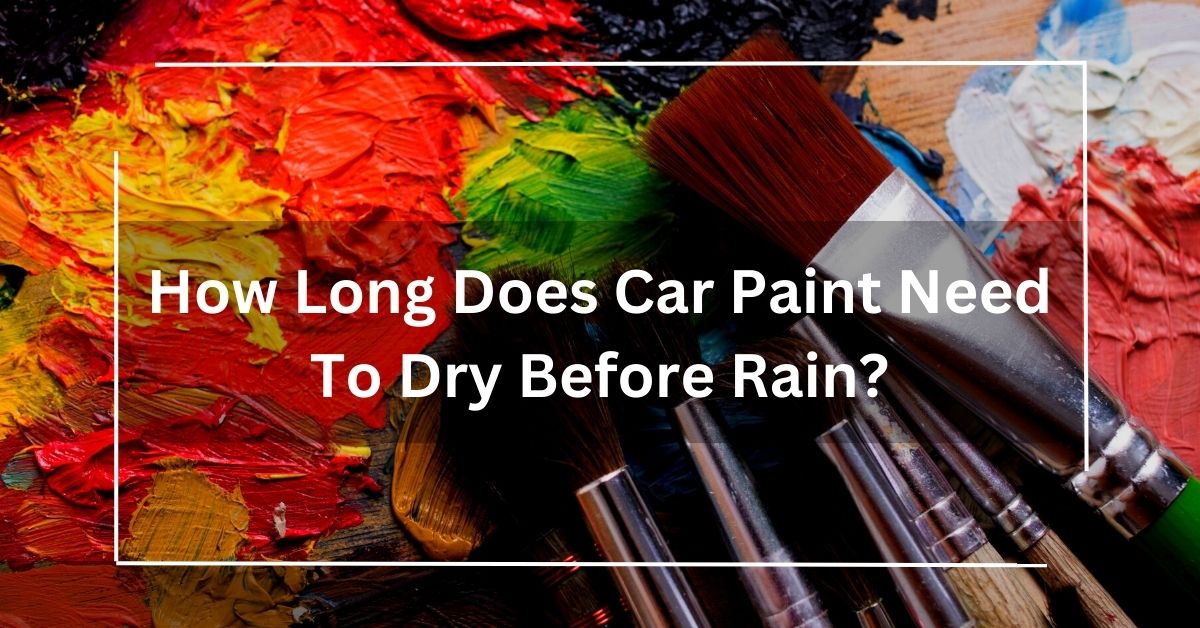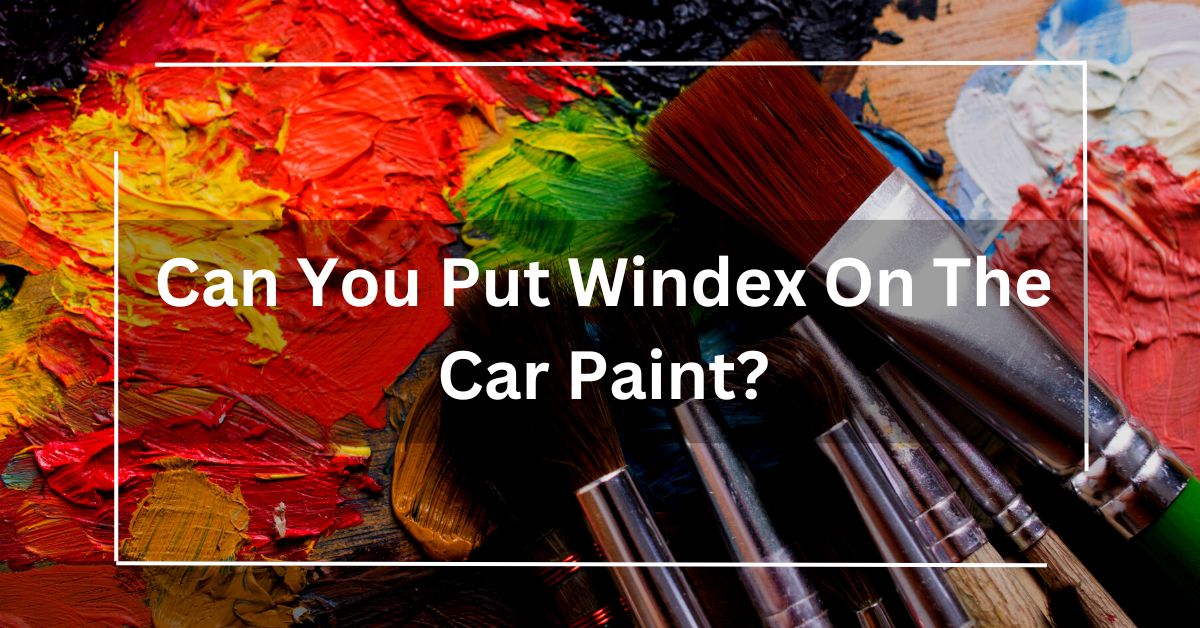Introduction
When it comes to the aesthetics of cars, metallic paint has become the go-to choice for many manufacturers. The gleaming finish and vibrant colors of metallic paint have captured the attention of car enthusiasts and casual drivers alike.
But why did metallic paint become the default on cars? In this article, we will explore the reasons behind this trend, the advantages of metallic paint, and its impact on the automotive industry.
The Rise of Metallic Paint
Evolution of Automotive Paints
In the early days of the automotive industry, cars were predominantly painted with solid colors. These colors lacked depth and variation, leading to a uniform appearance on the roads.
However, as technology advanced, so did the possibilities for automotive paint. Metallic paint emerged as a revolutionary alternative, offering a wide range of benefits.
Enhanced Visual Appeal
One of the primary reasons metallic paint became the default on cars is its enhanced visual appeal. The addition of metallic flakes or pigments in the paint creates a sparkling effect that catches the light and gives the vehicle a vibrant and eye-catching appearance. This visual allure has made metallic paint a popular choice among car buyers.
Reflecting Modern Design Trends
As the automotive industry evolved, so did design trends. Metallic paint aligns with the modern design language of sleek lines, aerodynamic shapes, and dynamic aesthetics.
It complements the curves and contours of contemporary car designs, enhancing their overall appeal. Metallic paint has become an integral part of the overall visual package that automakers offer.
Also Read: What Is The Longest-Lasting Car Paint Color?
Exclusivity and Prestige
Metallic paint is often associated with luxury and prestige. It adds an element of exclusivity to a vehicle, making it stand out from the crowd.
Many high-end and luxury car brands have embraced metallic paint as a standard feature, creating an association between this type of paint and premium automobiles.
Also Read: How To Get Tire Shine Off Car Paint?
Advantages of Metallic Paint
Depth and Dimension
Unlike solid paint colors, metallic paint offers depth and dimension. The metallic flakes or pigments create a three-dimensional effect, adding a sense of richness and texture to the car’s surface. This dynamic appearance sets metallic paint apart from its solid counterparts.
Hide Imperfections
Another advantage of metallic paint is its ability to hide minor imperfections and scratches. The metallic flakes reflect light in a way that can camouflage small blemishes, making them less noticeable. This characteristic makes metallic paint a practical choice for everyday vehicles that may encounter minor wear and tear.
Resale Value
The use of metallic paint can positively impact the resale value of a car. The vibrant and captivating appearance of metallic paint makes the vehicle more attractive to potential buyers. As a result, cars with metallic paint tend to retain their value better than those with traditional solid colors.
Customization Options
Metallic paint offers a wide range of customization options. Car buyers can choose from various shades and finishes, allowing them to personalize their vehicles to their liking. This flexibility contributes to the popularity of metallic paint as it enables owners to create a unique and individualistic appearance.
Also Read: Will Painting Calipers Void Warranty?
Impact on the Automotive Industry
Meeting Consumer Expectations
The automotive industry is highly competitive, with manufacturers constantly striving to meet and exceed consumer expectations.
The prevalence of metallic paint as the default option on cars is a testament to its popularity among car buyers. By offering metallic paint as a standard feature, automakers are catering to the demands and preferences of their target market.
Brand Differentiation
In a crowded market, car manufacturers seek ways to differentiate their products from competitors. Metallic paint has become a tool for brand differentiation, allowing automakers to create a distinct visual identity for their vehicles. The choice of specific metallic colors and finishes can help establish a brand’s image and evoke specific emotions associated with their vehicles.
Increased Revenue Streams
The adoption of metallic paint as the default on cars has led to additional revenue streams for the automotive industry. Car buyers often opt for optional upgrades and premium packages that include unique metallic paint options. These customization choices generate additional profit for manufacturers and dealerships.
Click And Collect More information: Paint For Vehicles
FAQs about Metallic Paint on Cars
1. Why is metallic paint more expensive than solid paint?
Metallic paint involves the addition of special pigments or flakes, which increases its production cost compared to solid paint. The higher price reflects the additional materials and processes required to create the desired metallic effect.
2. Can metallic paint be repaired if it gets damaged?
Yes, metallic paint can be repaired if it sustains minor damage. Skilled technicians can blend the color and texture of the metallic paint to restore the affected area seamlessly.
3. Does metallic paint require special maintenance?
While metallic paint doesn’t require extraordinary maintenance, it’s essential to use appropriate cleaning products and techniques to preserve its appearance. Regular washing and waxing help protect the paint and maintain its lustrous finish.
4. Can metallic paint fade over time?
Like any other automotive paint, metallic paint can fade over time due to exposure to sunlight and environmental factors. However, modern paint technologies and protective clear coats have significantly improved the durability and longevity of metallic paint.
5. Can I change the color of my car from metallic to solid?
Yes, it is possible to change the color of a car from metallic to solid through a professional paint job. However, it requires thorough preparation, including sanding and priming, to ensure a smooth and even surface for the new paint.
6. Are there any alternatives to metallic paint for a vibrant finish?
If you desire a vibrant finish without opting for metallic paint, you can consider pearl or iridescent finishes. These paint options create a similar effect by utilizing different types of pigments.
Conclusion
The dominance of metallic paint as the default choice on cars is driven by its enhanced visual appeal, alignment with modern design trends, and association with luxury and prestige.
Its advantages, including depth and dimension, ability to hide imperfections, and customization options, have further solidified its popularity.
Metallic paint has not only met consumer expectations but also provided car manufacturers with brand differentiation opportunities and increased revenue streams.
As the automotive industry continues to evolve, metallic paint remains a steadfast feature that enhances the aesthetics of vehicles on the road.
Article You Might Be Interested:
How To Paint Over Carbon Fiber?



